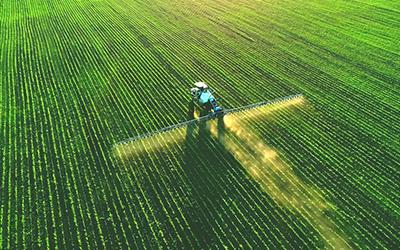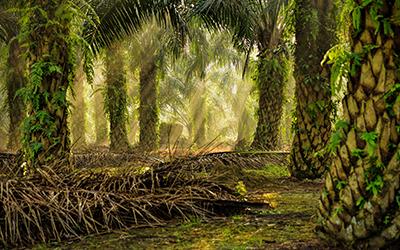
Global food demand & supply, before & after COVID-19
News Room Global food demand & supply, before & after COVID-19 As the novel Coronavirus rapidly spread across six continents, it resulted in several socioeconomic
If farming intends to feed the global population, it would have to achieve the rate of growth as delivered by manufacturing. Fortunately, future farming trends are already pointing in that direction. Whether it is technological innovations or the farm-to-table movements, farming is experiencing a fundamental shift that is no less than a revolution.
While farming, in the role of a producer, may be perceived as the foundational activity that supports several other secondary industries, it is not immune to disruptions. To illustrate this point, here are the various factors that can affect farming:
Modern-day farming has assumed an economically competitive and complex role. Here’s how immigration and labor laws, subsidies or governmental incentives, and commodity prices impact farming:
In addition to the factors mentioned above, infrastructural network and connectivity, cost of land, markets, and capitals are other influential aspects.
Naturally, climatic factors affect crop health, yield, and quality. The abiotic elements involved include:
The geographic location, the natural environment, and the access to resources (such as seeds or fertilizers) also play a role in determining the farm output. Some of these factors are:
Interestingly, the dependence of farming does not merely rest on external factors such as location, climate, etc. In fact, farming has a symbiotic relationship with other industrial sectors, such as food processing, transportation, etc. Let’s examine how farming contributes to these industries and vice versa.
According to experts, we may be in the midst of the Fourth Agricultural Revolution, which indicates that we can expect various changes in the years to come. Some of these are summarized below:
The popularity of organic products was one of the first indicators of fitness-conscious consumers. With the increase in disposable incomes, modern-day consumers have a proclivity towards healthier, nutritionally-denser food items. Hence, organic farming will continue with its upward climb.
All the clamor surrounding organic farming also pertains to its eco-friendly approach. With the use of natural and organic inputs, organic farming leaves behind a minimal impact on the environment. As such, it suits the palate of the ecologically conscious and responsible buyer.
The change in end-user and consumer behavior will lead to the adoption of new farming techniques, such as urban agriculture, vertical farming, seawater farming, hydroponics, desert agriculture, use of algae feedstock, etc.
Virtually every industrial sector has experienced the Midas’ touch of technology, and farming is no exception. We will see the incorporation of cross-industry technologies, such as drones, bots, AI, data analytics, IoT, and Blockchain, to facilitate innovative applications like food sharing, crowd farming, and precision agriculture. Smart farming will allow growers to make better, data-driven decisions depending on a mix of variables.
Companies like John Deere, Syngenta, DuPont, etc., are eyeing the farming market and working on the development of crop management systems. With the heavy usage of information technology and augmented supply of resources, they will revolutionize commercial farming to enhance food security. Resultantly, industrial agriculture will also see a steep rise.
Gene-editing allows scientists and researchers to manipulate DNA for improving crop variety and yield. Gene-edited crops will enjoy drought tolerance, disease resistance, and improved oil and nutritional content.
Upon closely examining the farming industry, it becomes evident that it changes in response to various factors. Conversely, it also triggers a shift within other industries. As a result, farming beyond 2020 would be a complex web of interconnection.
It is a fact that food demand will continue to increase with the rising population and purchasing power. Hence, the farming industry will have to adapt to these changes rapidly.

News Room Global food demand & supply, before & after COVID-19 As the novel Coronavirus rapidly spread across six continents, it resulted in several socioeconomic

News Room An Overview of Why Fertilizer is Important for Modern-Day Farming China’s average crop production has increased by six times in the last four

News Room Everything You Need to Know About Palm Oil Palm oil has often found itself in the eye of the storm of controversy for